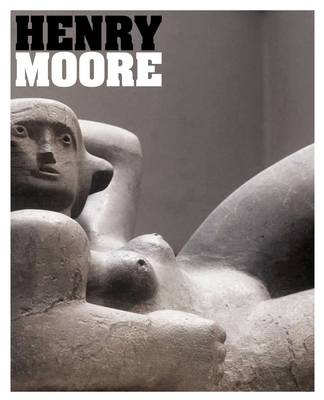Henry Spencer Moore (1898-1986) was arguably the most influential British sculptor of the twentieth century. Brought up in Castleford in Yorkshire in humble circumstances, Moore ended his life extremely successful, completing commissions for large-scale public sculptures in countries around the world. The scale of Moore's later success has tended to obscure the radical nature of his achievement. Rejecting the viewpoint of his teachers and influenced by works from other cultures he saw in museums, Moore championed direct carving, evolving abstract forms derived from the human body. This book and the exhibition it accompanies re-examines his legacy, concentrating on the period from the 1920s through to the early 1960s. Moore's life and work are introduced by Chris Stephens, a leading authority on both Moore and the British art scene of the period. Separate essays explore his relationships in the 1930s with both British and international avant-garde figures, including Giacometti, Hepworth, Nicholson, and Picasso; aspects of his work including the influence of psychoanalysis, war, and the emergence of biomorphism; and, his lasting legacy following his death.
Uniquely, the book will include statements by living artists on the importance of Moore to their own work, as well as a photoessay and an illustrated chronology. With Moore's reputation once more in the ascendant, this thorough and perceptive reassessment is long overdue.
- ISBN10 1854378767
- ISBN13 9781854378767
- Publish Date 6 July 2010 (first published 20 April 2010)
- Publish Status Out of Print
- Out of Print 7 July 2021
- Publish Country GB
- Imprint Tate Publishing
- Format Hardcover
- Pages 224
- Language English
